“In Japanese cultural thought, there is a belief that old tools that have been used for a long time, have a soul and become spiritual beings. We Japanese call the existence ‘Tsukumo-God’. In other words, because of the passage of time, the tools have developed a stronger existence, and I am able to collaborate with them with a sense of awe,” says Ryosuke Harashima. This animistic idea formed the core concept of the collection ‘Still Life’. Japan is so much more than just cities. The essence of Japanese culture resides in the unfiltered and simple living in the countryside, where people celebrate the uncomplicated everyday life. For them, a good harvest is a definite cause of celebration. So is a bucket full of freshwater, on a clear day. With two of his latest additions to the ‘Still Life’ furniture collection, Japanese designer Ryosuke Harashima commemorates the stories of old Japanese harvesting tools. ‘Miss you, Shanghai blue’ and ‘A day in the harvest’ are two unique tables that Ryosuke designed as refreshing new furniture pieces which are simple yet full of emotions.
For ‘miss you Shanghai blue’ Ryosuke focuses his attention on a worn-out old bucket of water. He incorporates the black bucket as part of the table; giving it a rather interesting and ambiguous story. As the handle of the bucket looks haggard, as if it has been used for turmoil in the past, it also appears strong and has been used to its fullest extent. The designer incorporates a tinted blue glass as the tabletop, which can be on the lines of two interpretations: one represents the clear blue Shanghai sky, while the other is, the water stored in the vat . The interpretive piece is elegantly in tune with the designer’s thematic elucidation for which he shares, “When I design furniture with old tools, I am conscious of the frame as a transformed entity rather than the structure of the furniture as if it were a body that has acquired limbs. The story goes, the tools wanted to stand up and they got metal limbs.”
‘A day in the harvest’ is another table that follows the original theme of the collection, that is, to revive the importance of antique Japanese tools. The table incorporates a winnowing basket which appears to be ascribed with the craftsman’s initials, ‘February 1965, Izutsu.’ This basket is a work of art in itself and is usually used for threshing and sifting rice. Ryosuke considers it to be the surreal interpretation of golden rice ears on a paddy field in autumn. Both the tables are minimally designed keeping up with the latest trends while incorporating traditional design elements.
Ryosuke conceptualises the collection by combining the words ‘still ‘ and ‘life’. With these words, the designer’s focus was on portraying the essence of quietude in the space that the tools possess. The strength of his collection is in the alluding imagery of past memories with modern possibilities. He joins forces with skilled artisans and manufacturers to feel the joy of seeing his ideas come to life through his designs. "Flexibility I think, is an ability that Japan excels at, to integrate and refine various things and artistic expressions from abroad into our own cultural designs. I would like to acquire the ability to mix things in such a complex way and edit them with a fine sense of balance,” says Ryosuke on creating unique new designs. All of his pieces from the still life collection are on display at the Museum. The designer gained an insight into the concept of construction and its importance from the Kanazawa International Design Institution post which he expanded his sphere of knowledge from the Parsons New School of Design, New York. He is currently working on curating new pieces for the Still Life collection along with a few client-based projects rooted within the Japanese culture.






 Sign in with email
Sign in with email



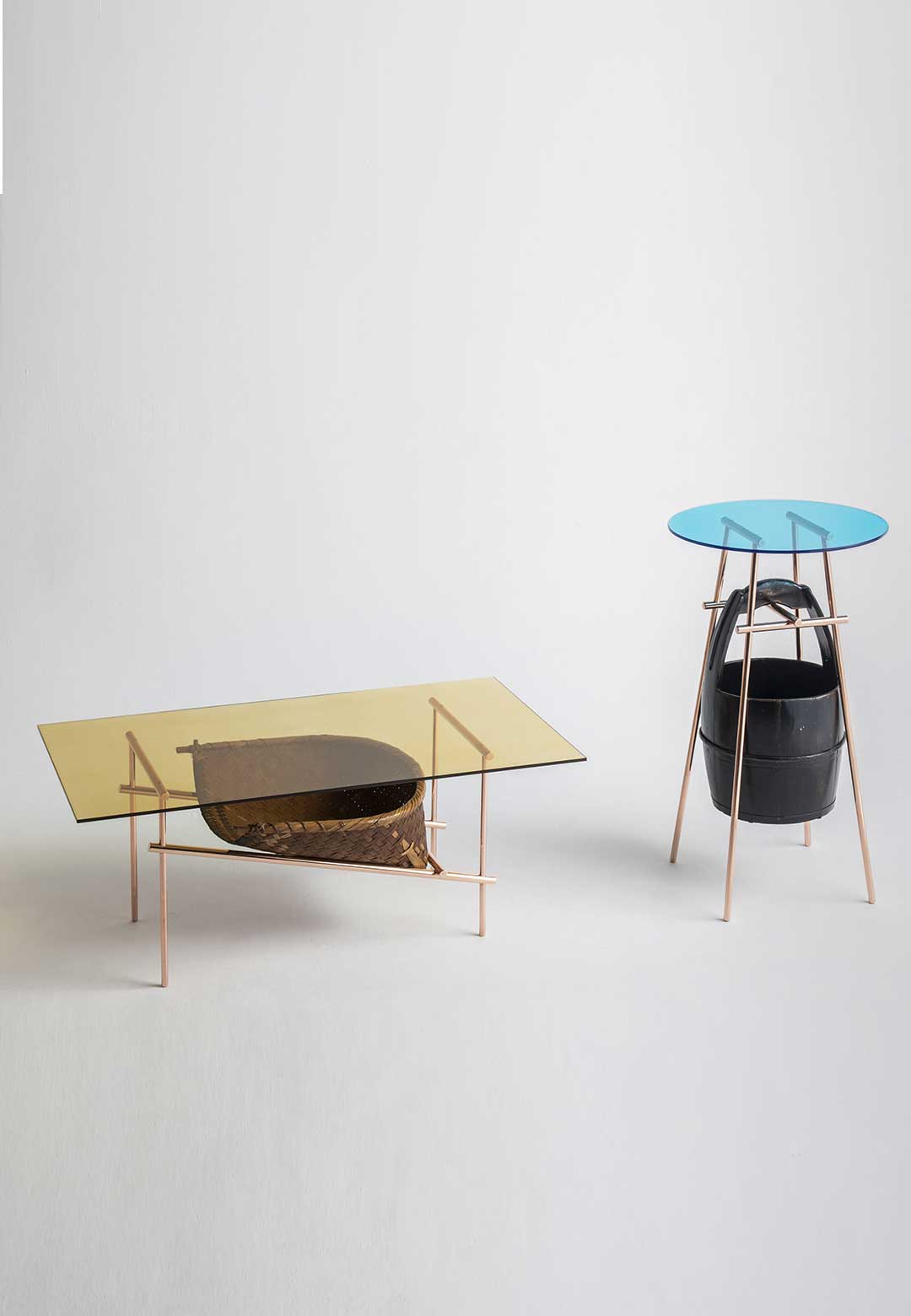
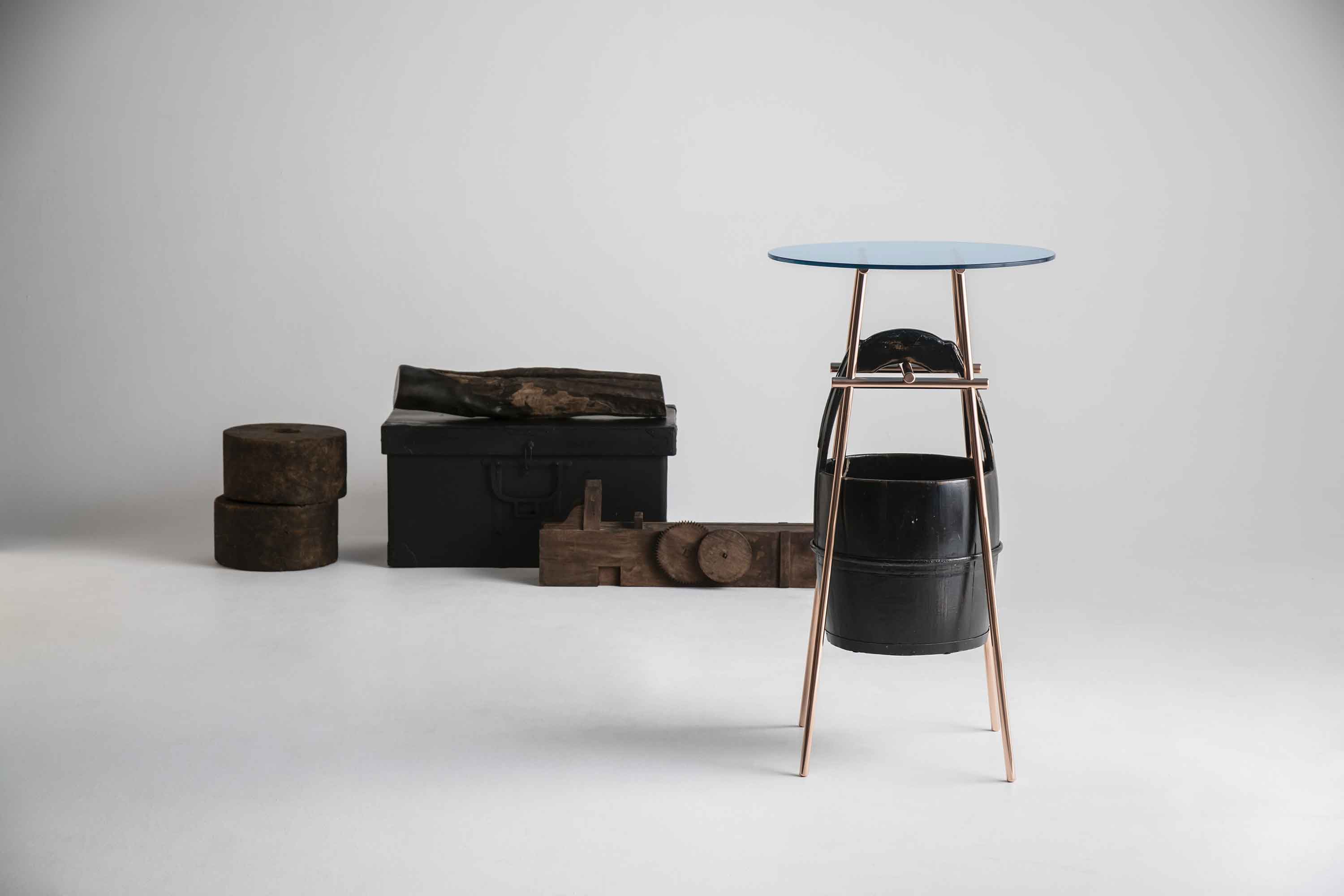
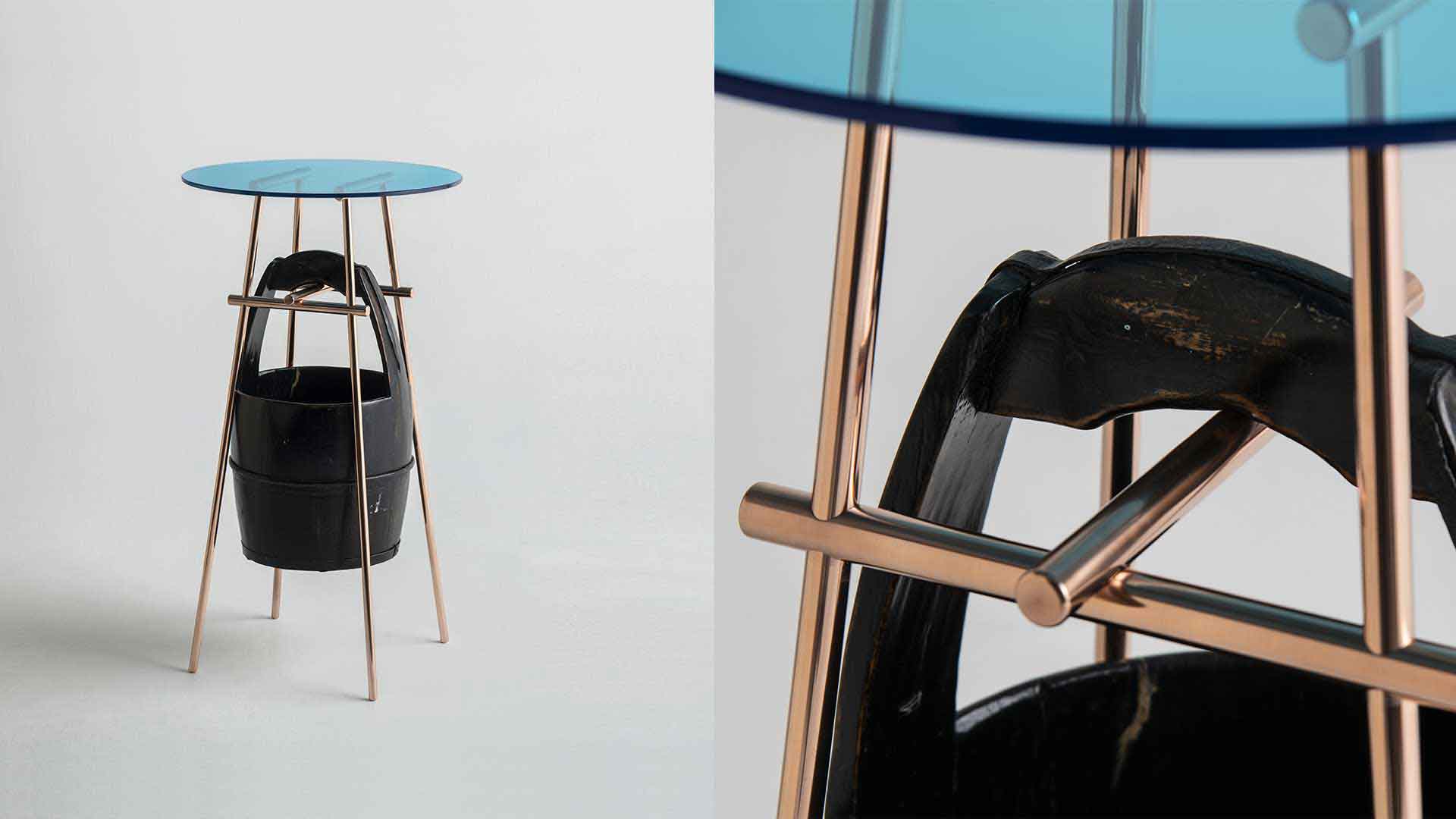
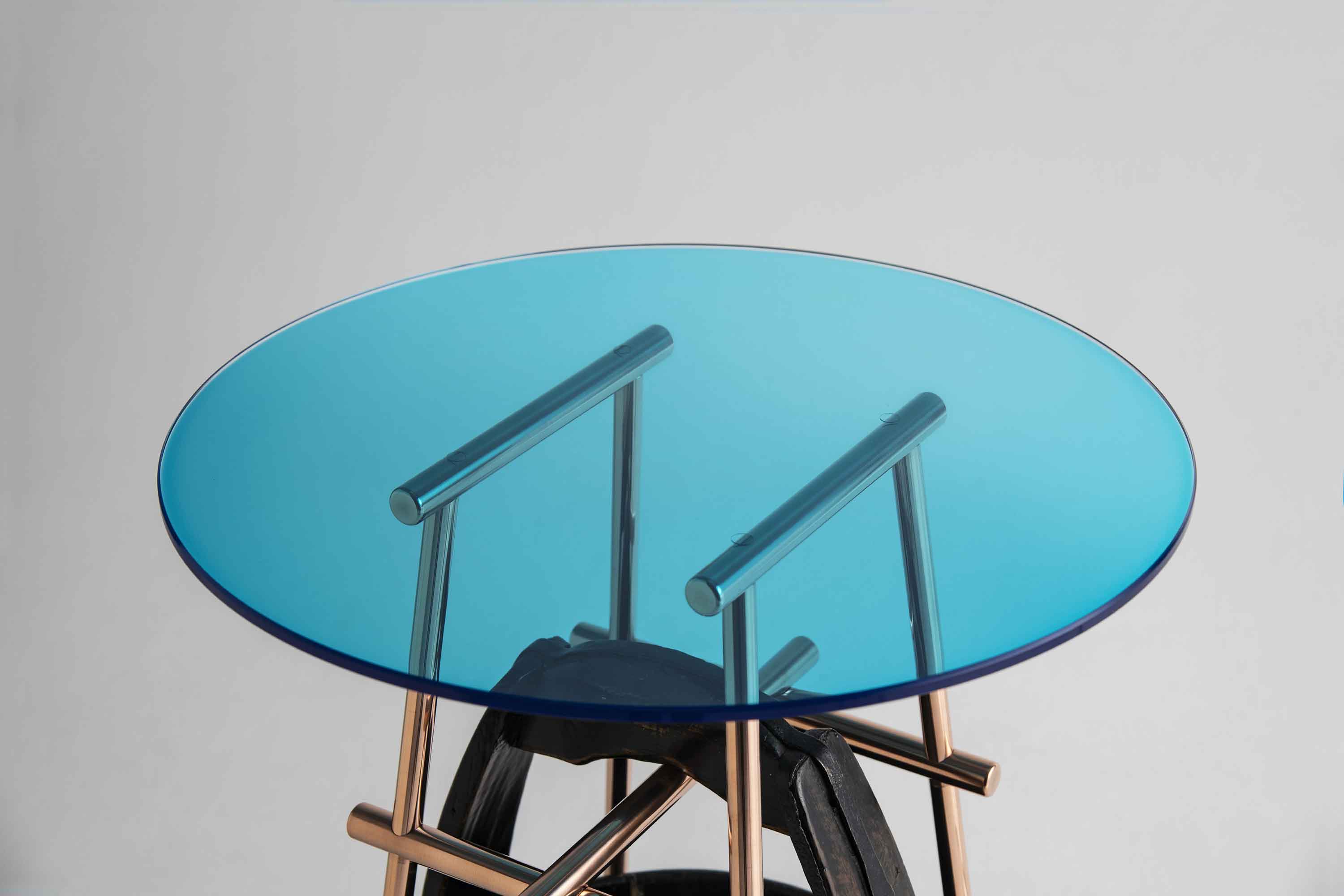
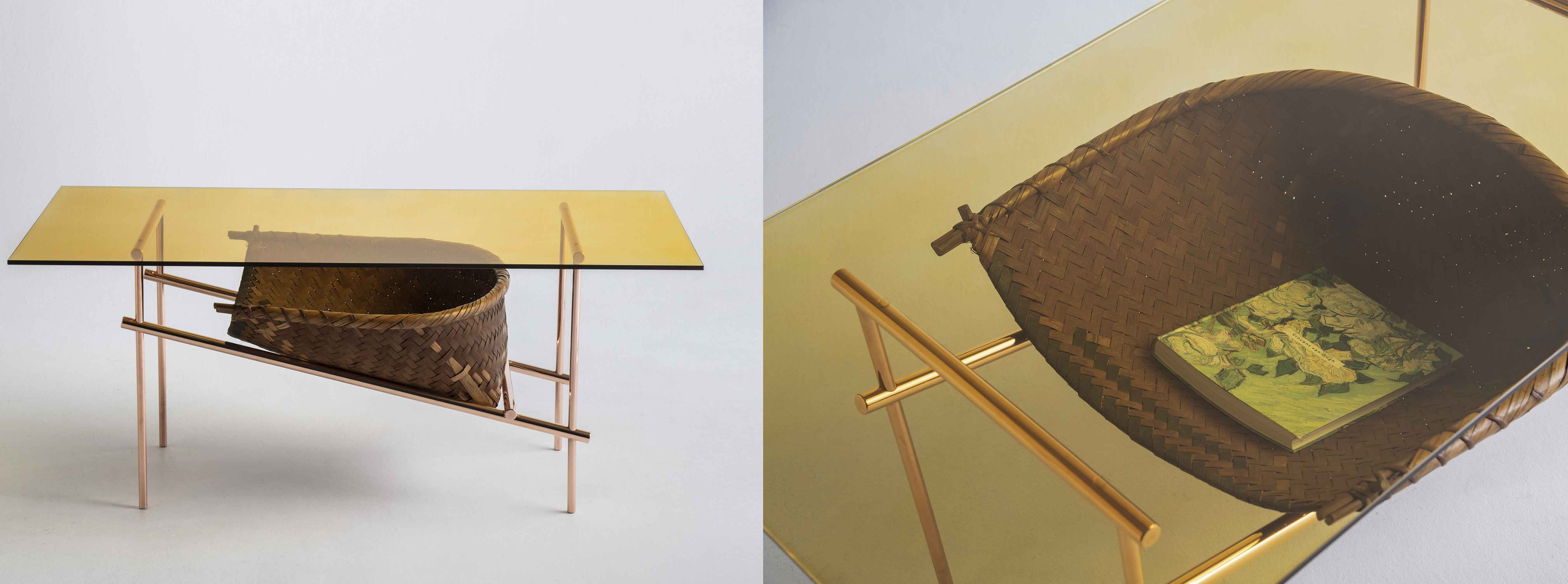
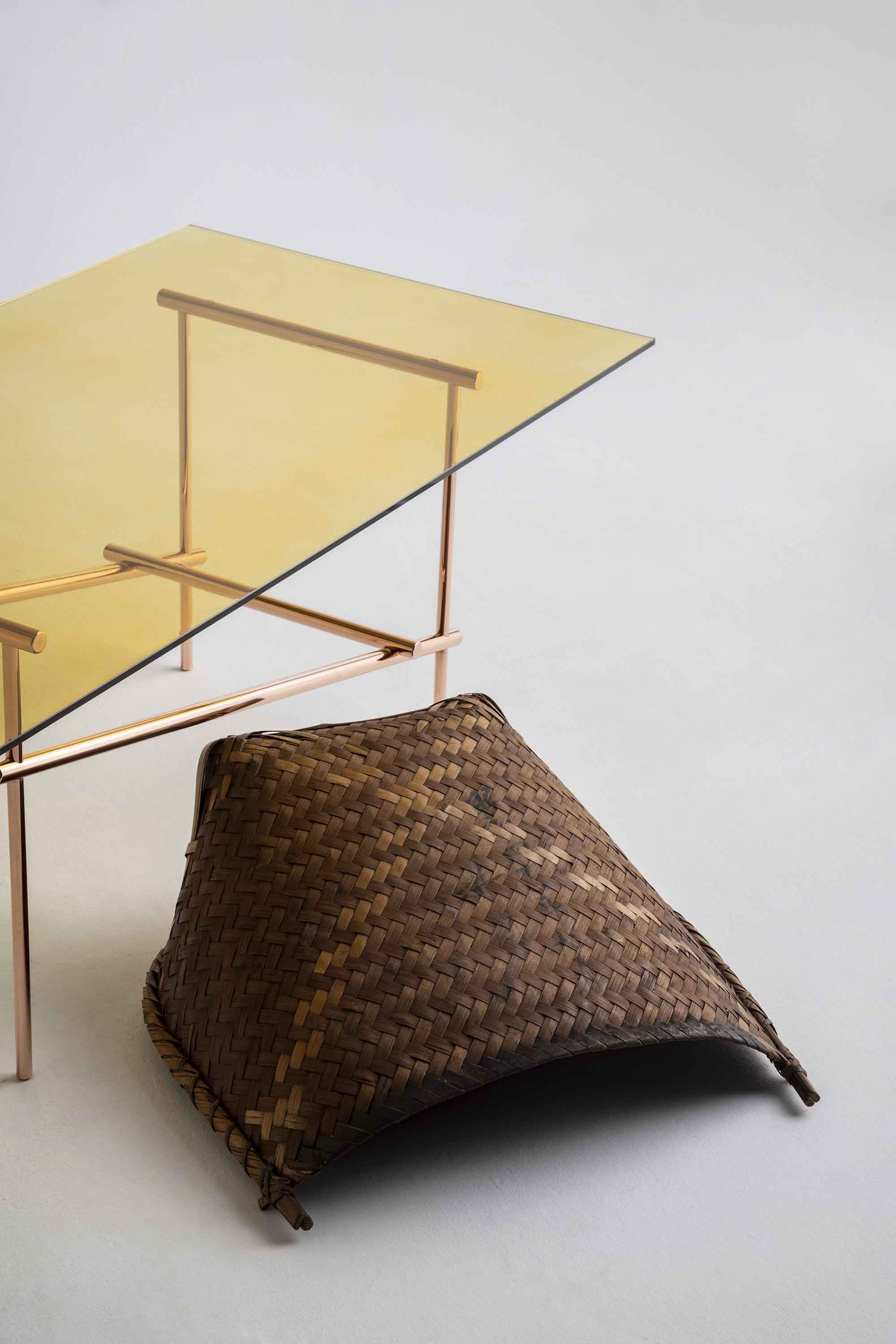




What do you think?